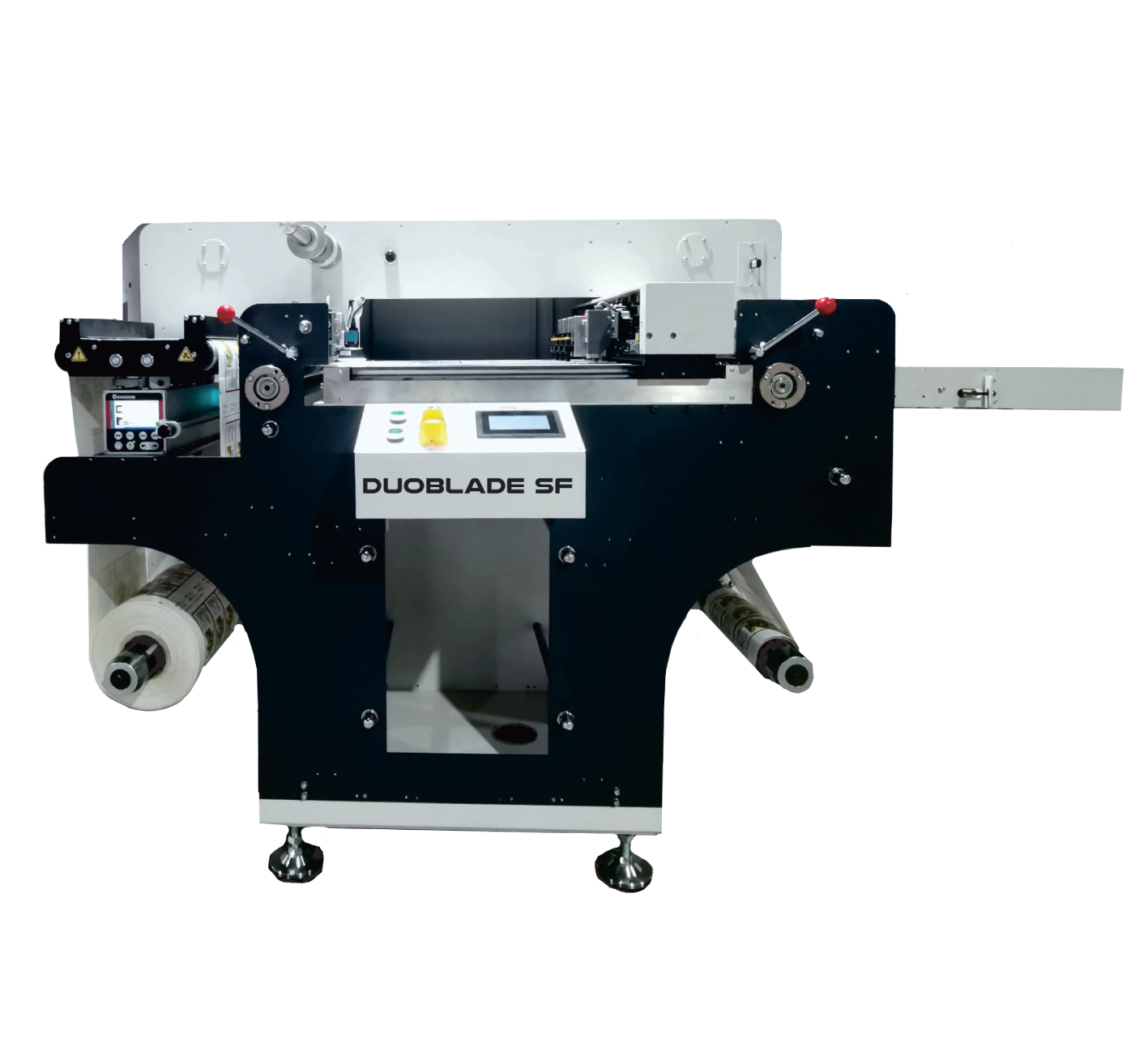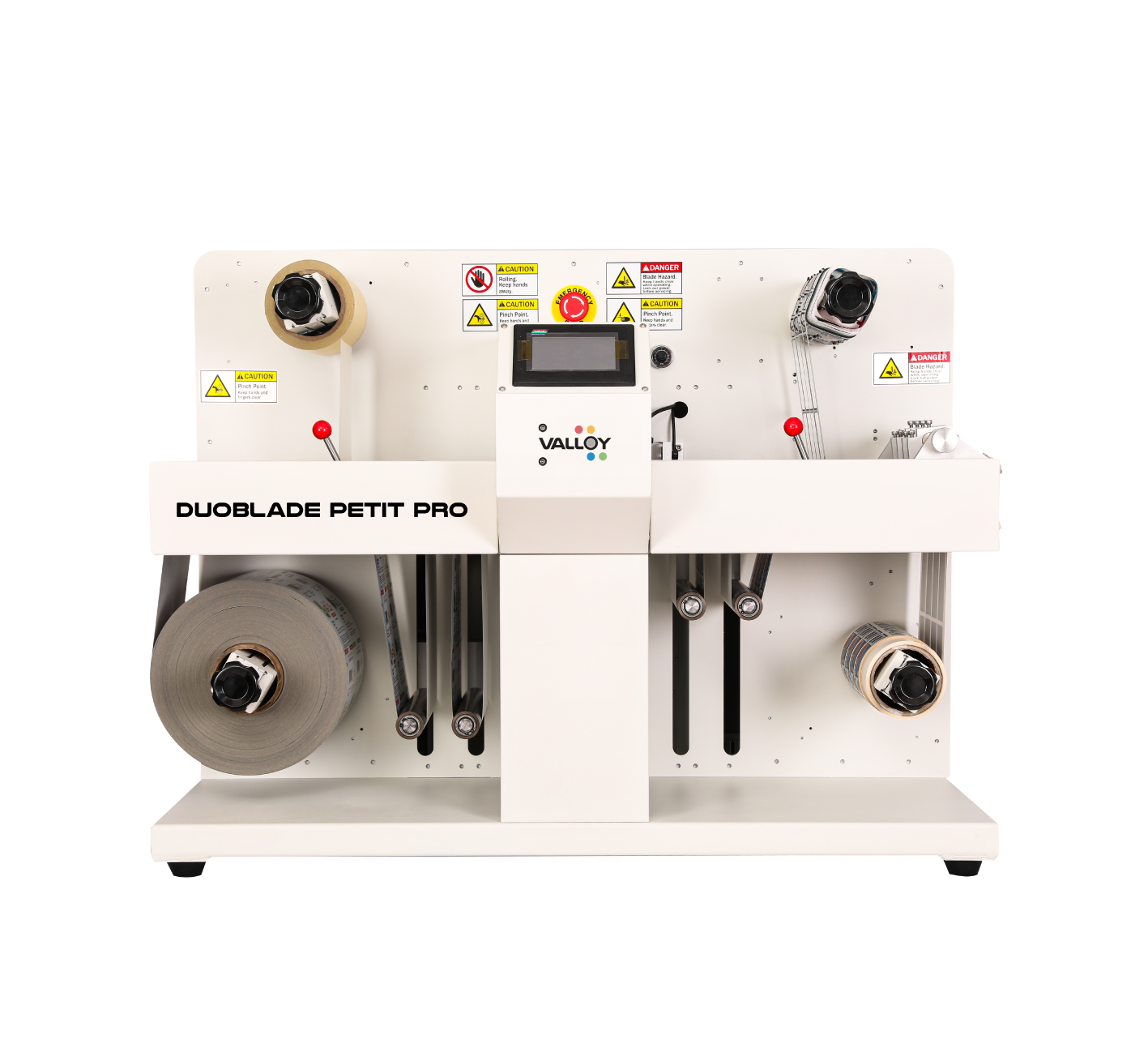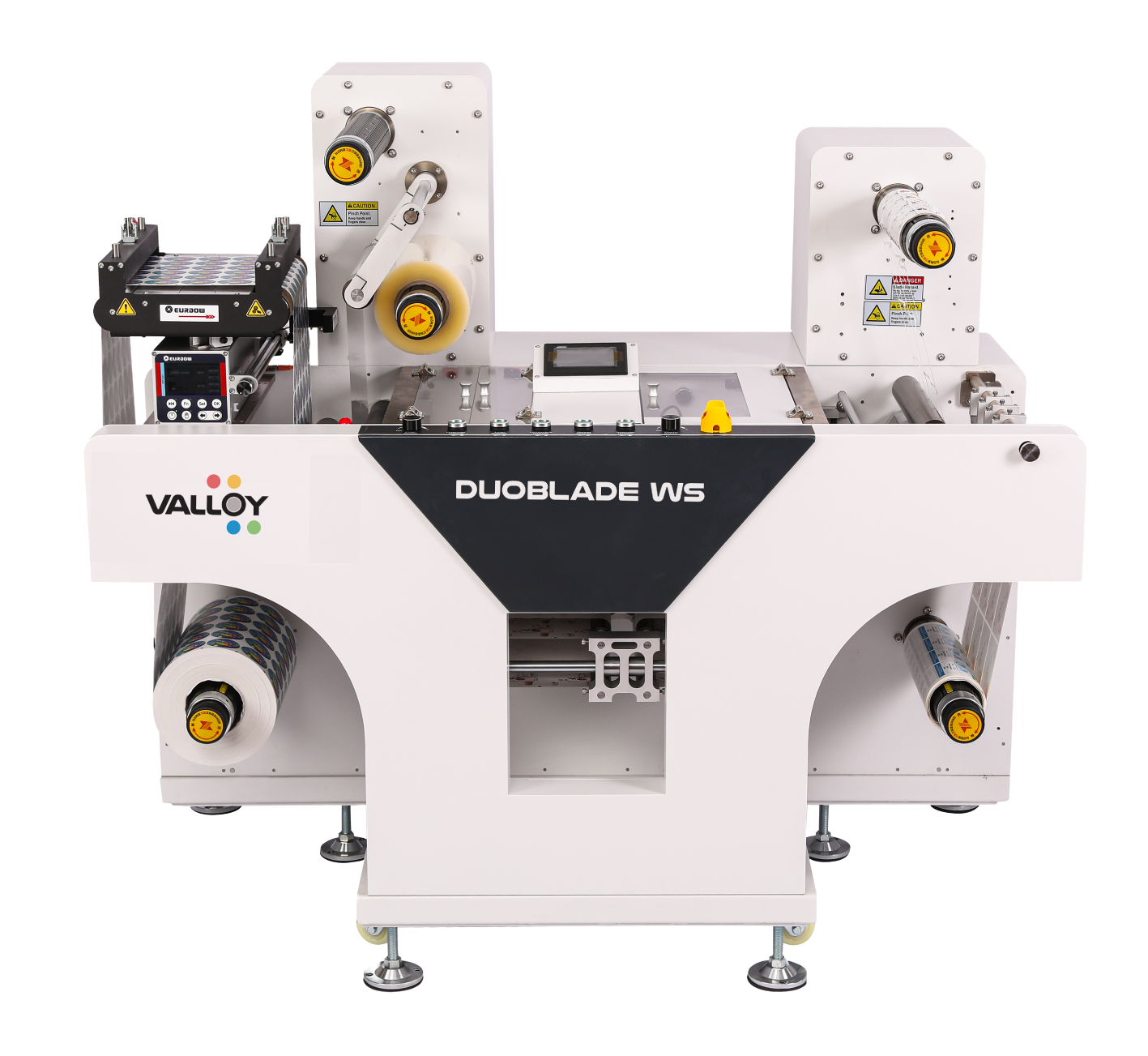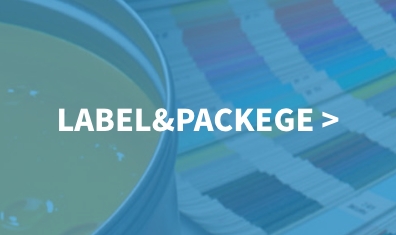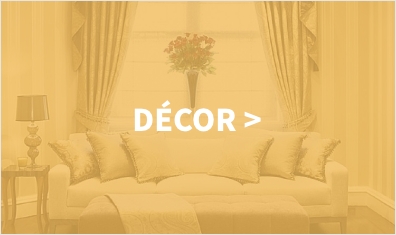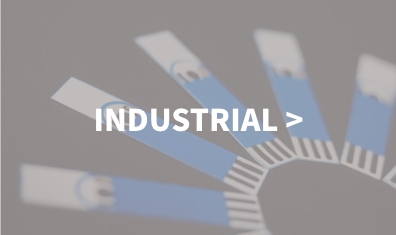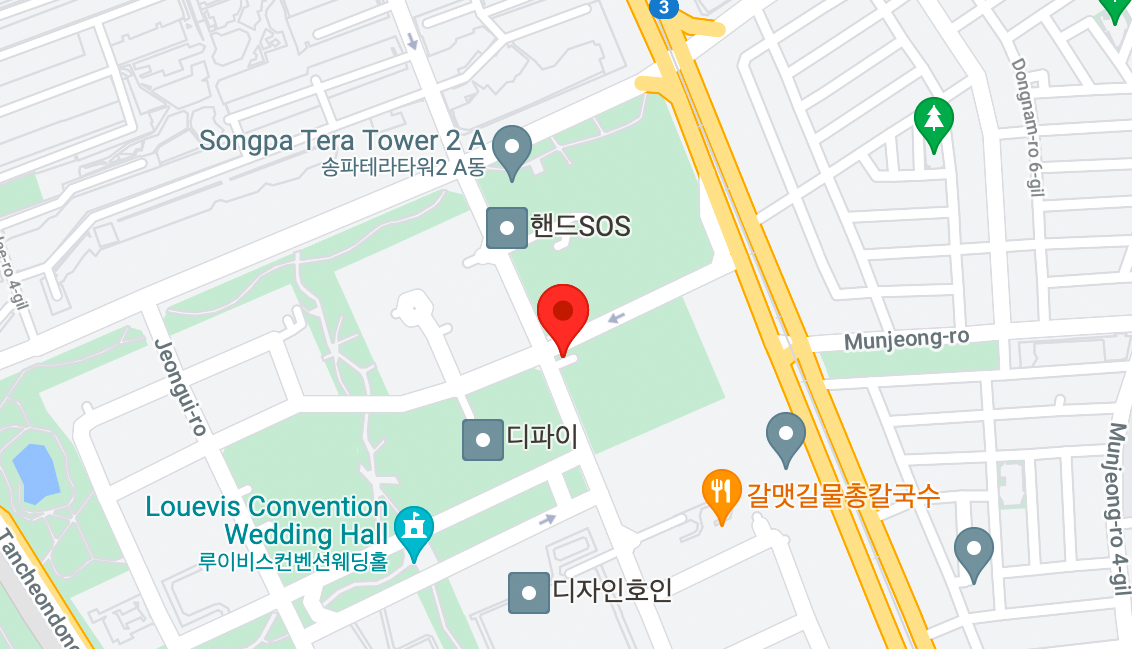SOLUTIONS
TEXTILE SOLUTION
Textile market
Digitally printed textile market has reached to $12B, white only 1% of total market is digitalized yet. From carpets to clothing, from home textiles to banners: many modern designs would simply be impossible to realize without sophisticated textile printing techniques. Although rotary screen printing and flat screen printing have long been the dominant technologies in the market for printed textiles, there is a quiet but ever louder voice calling for a sustainable, high-quality alternative suitable for large format textiles: digital textile printing. After all, as became apparent in many trade shows and conferences, this new technology also offers previously unimagined opportunities for manufacturers of home textiles. 982.3 million square metres of fabric was digitally printed in the 1st half of 2017. Over 37,400 dedicated digital printers now operating in the market.
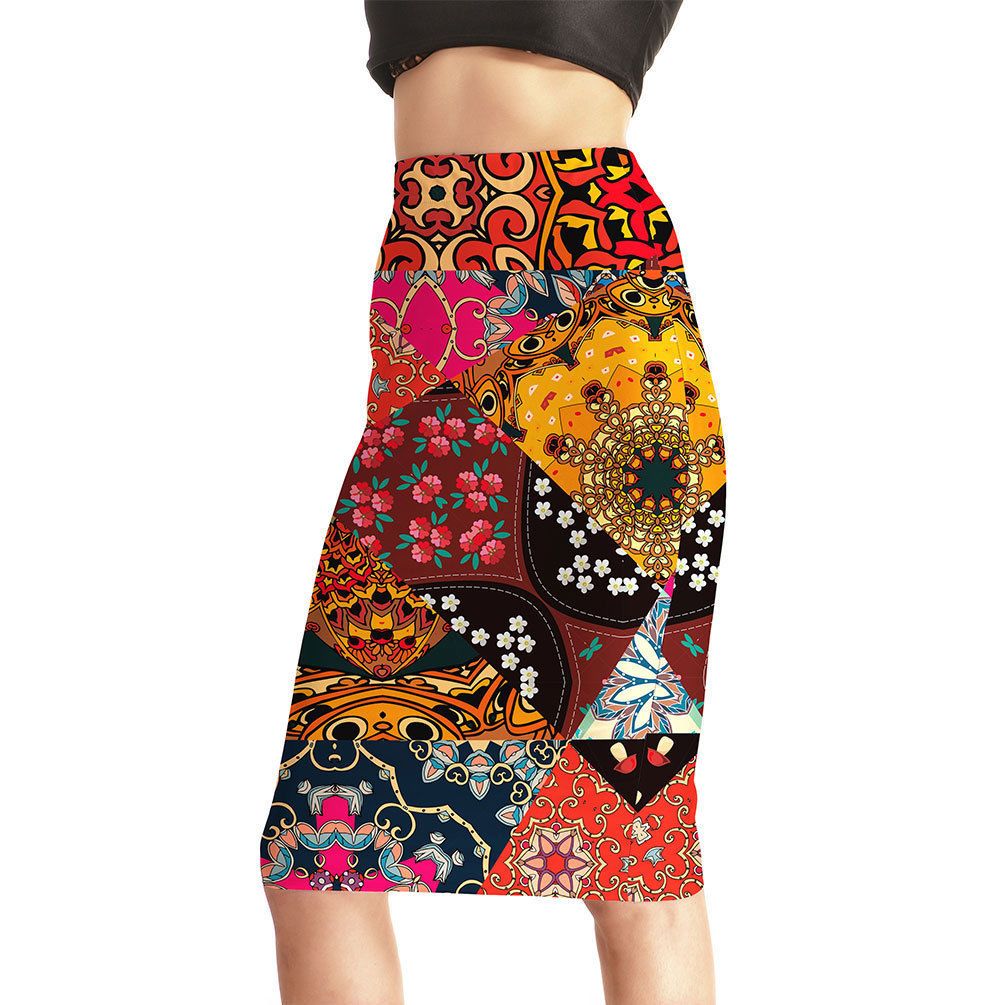
Over 68% of the models operating within the market are sublimation transfer based printing with 42% output share. The share of traditionally focused digital printers continues to increase against soft signage printers. Printing digitally onto garments, sometimes called DTG – direct-to-garment printing, makes economic sense for one-off samples and small to medium volume jobs. In such cases there is no need to manufacture screens or films, making the digital process quicker and cheaper than screen printing. Textile printing replica relojes machines look very much like a typical digital wide-format printer with special materials-handling systems to ensure that the textile is firmly held in place. Digital inkjet offers the advantage of an infinite variety of customizable patterns that aren’t possible with traditional techniques. Digital textile printing jets ink directly onto the fabric using scanning machines, with dye-sublimation or water-based reactive-dye inks that ensure good color and color fastness. In digital textile printing market, pre-process and post-process are even more important than printing process. Tension control without wrinkles is key difference in digital textile printer, but chemicals and methods for pre-coating and color fixation are totally different depending on different inks for different kind of textiles like cotton, silk, polyester, linen, nylon and etc., which makes full digitalization more difficult.

